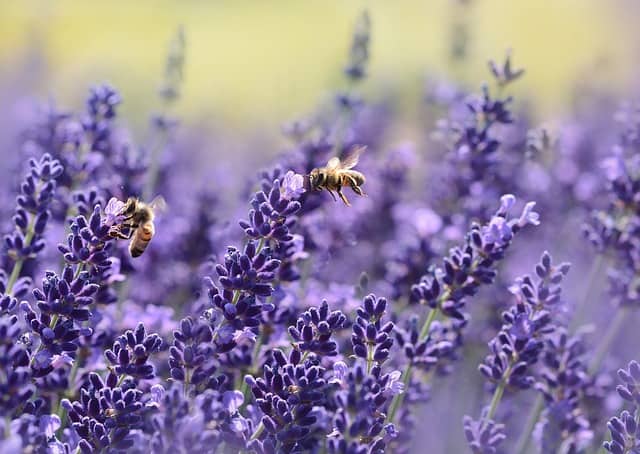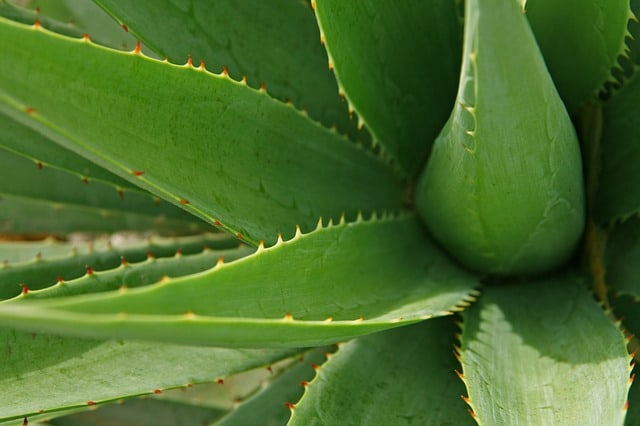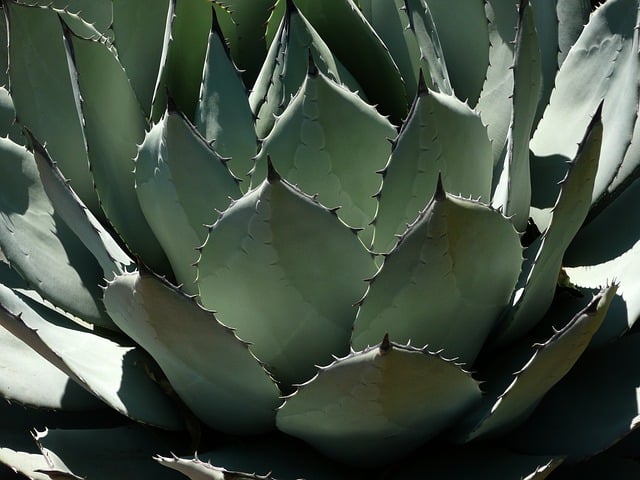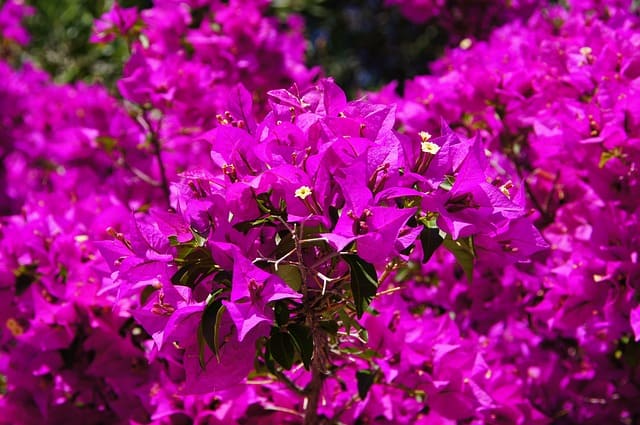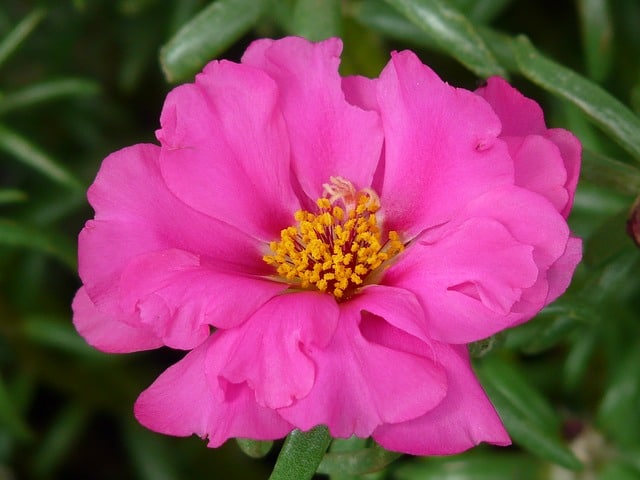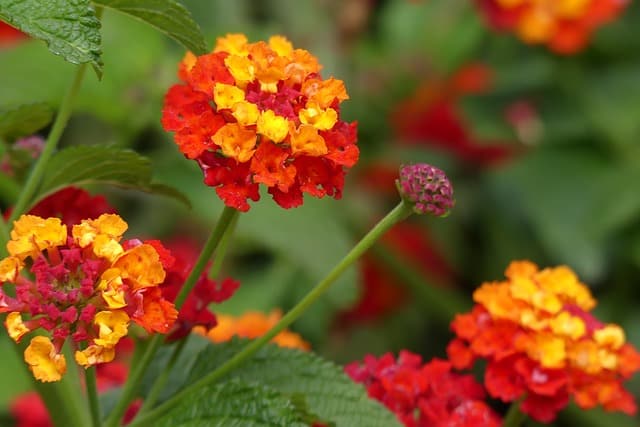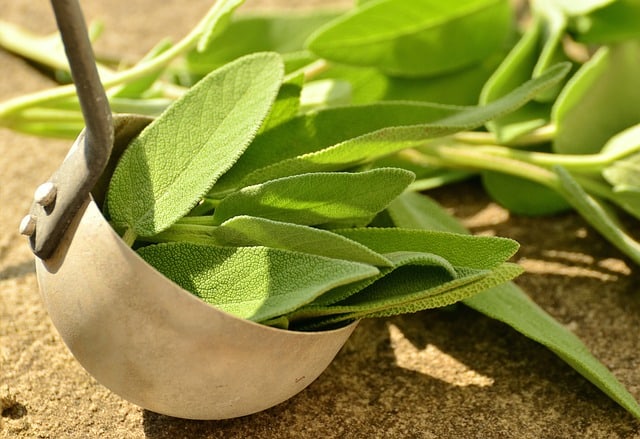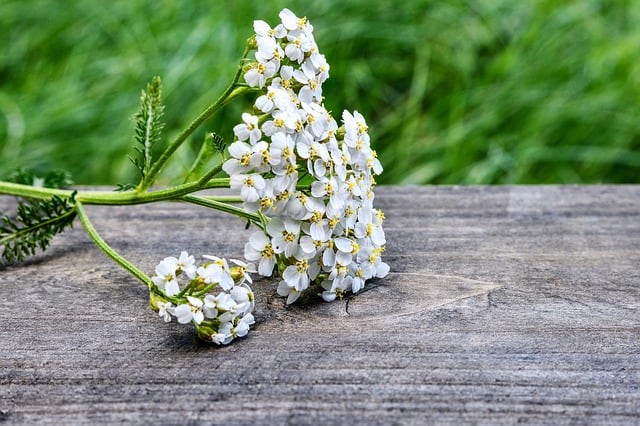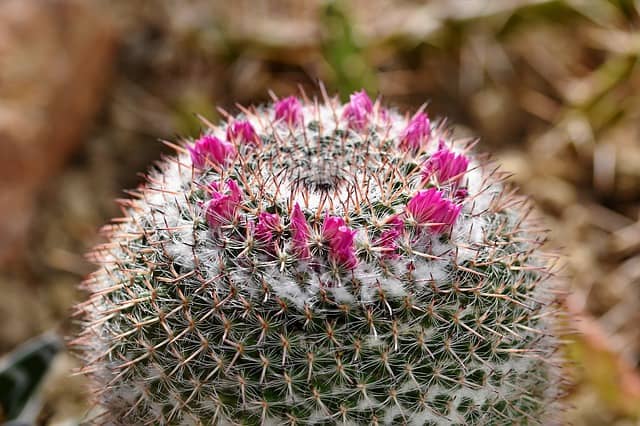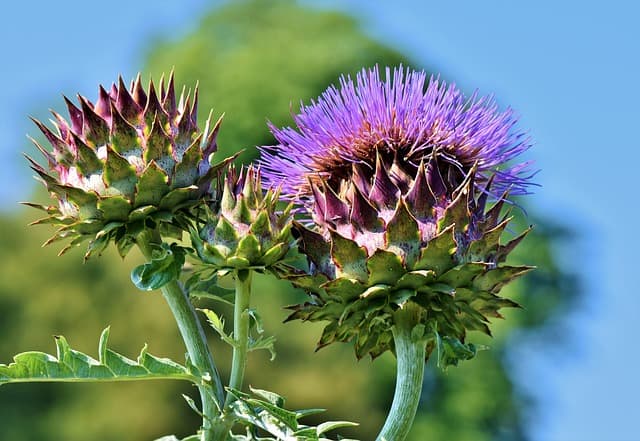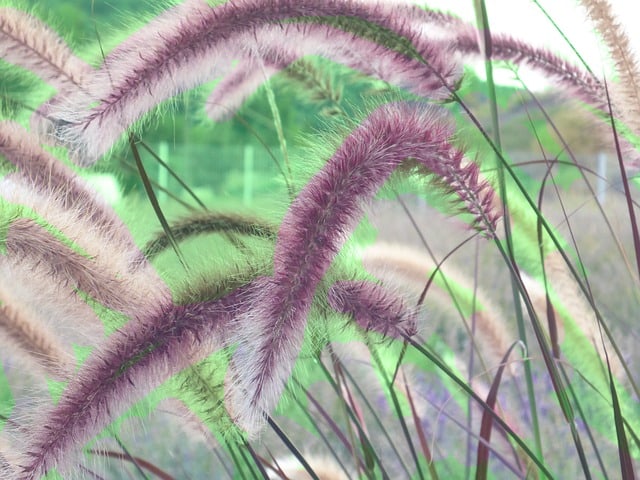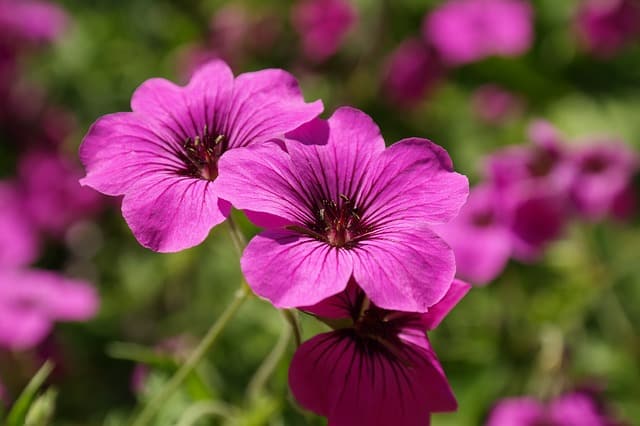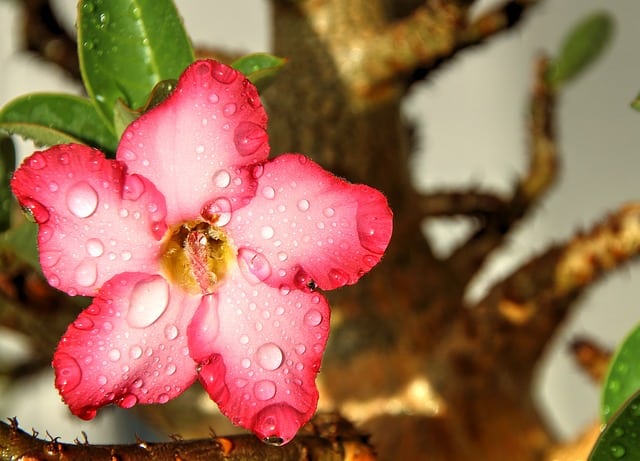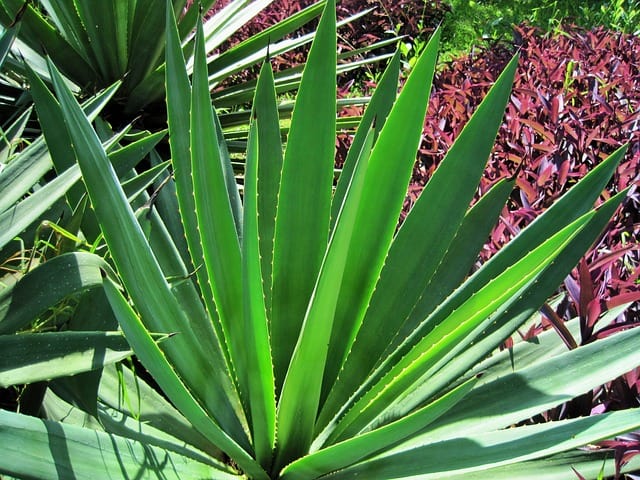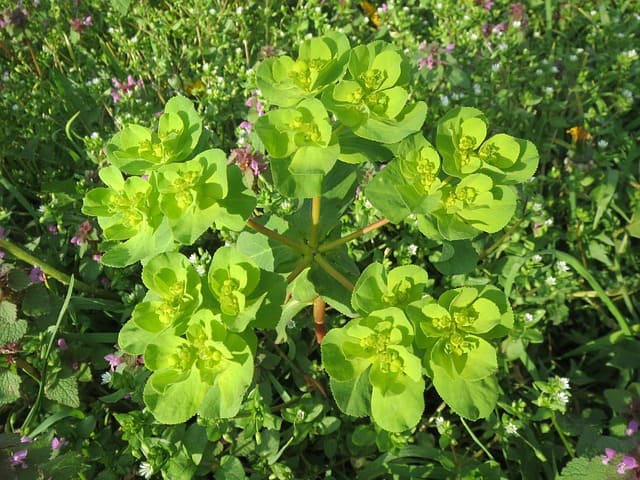Naturally, all flora requires water to survive. However, some hardly need consistent water availability to survive, qualifying them the name: drought tolerant plants.
Drought-tolerant plants are the category of plants that can survive without water for months or even years of scarce rainfall due to their adaptation. With the variations in weather patterns and conditions across different terrestrial regions, plants in drought areas have adapted to survive the harsh climatic conditions of thriving without water.
Climate change and global warming have further made the plants much more tolerant by developing survival mechanisms for enduring dry conditions. Most of these plants can survive in areas with less than 25.4 centimeters (10 inches) of rain per year.
As evident from the survival tactics of most drought-tolerant plants, some have developed thick leaves to store water, while some have needle-like leaves to reduce the rate of water loss.
Most drought-tolerant plants also have deep roots that extend to great depths to reach the water. To get to know exactly the nature of these kinds of plants, here are the top 15 on the list of drought-tolerant plants.
15 Amazing Drought-Tolerant Plants
The list of drought-tolerant plants is long and can’t be captured on this list. However, here are some of the most amazing:
1. Aloe Vera
Aloe Vera is a succulent plant species native to Arabian Peninsula and naturally survives in arid and semi-arid conditions. It also thrives in tropical climates. The plant has thick and fleshy leaves for storing water. It thrives primarily in hot and dry areas but can also survive in grasslands and coastal regions. It is mainly grown for both agricultural and medicinal purposes.
The plant is among the most known drought-tolerant plants in the contemporary world, owing to its medicinal value and versatility, often coming as a key ingredient in products like body oils, hair shampoo, bathing soaps, detergents, and pharmaceutical gels, just to mention a few.
Generally, Aloe Vera has a multitude of uses and has even shown it can help limit the growth of harmful bacteria on fruits and vegetables, reduce inflammation, and boost the body’s immunity. It also aids digestion by relieving constipation, prevents sunburn, and can heal wounds.
2. Agaves
Agave is a beautiful architectural perennial monocot that originated from the arid and hot areas of Mexico and the Southwestern United States.
This plant takes longer to mature hence the name ‘’century plant’’. However, it looks good throughout the year upon reaching full maturity. The plant has thick leaves for water storage and deep roots for absorbing water deep below the soil surface.
These features make agaves drought-tolerant and enable them to grow without much care. Their flowers, leaves, and stalks of the agave are edible. The sap produces the agave nectar used as a sweetener and a sugar substitute.
But that’s not all yet; it can even be used in the lubrication process and can be distilled to manufacture tequila.
3. Bougainvillea
Bougainvillea is an evergreen thorny ornamental bush of the family Nyctaginaceae. It can also be cultivated in coastal regions because it has impressive tolerance to salty water.
Bougainvillea is a colorful plant associated with pink, purple, red, and magenta which makes it an excellent houseplant that can also be grown on walls, hanging baskets, and along fences. It is very easy to grow and maintain.
4. Portulaca
Portulaca is also known as the Moss rose. It is an annual drought-tolerant succulent flower that grows in dry soil native to Argentina, Brazil, and Uruguay.
Because of its succulent leaves and deep-growing roots, this plant can survive without water for a long time. It is mainly cultivated as an ornamental plant because of its charming flowers.
5. Lantana
Lantana originated from the Americas and Africa. It’s an evergreen and hardy tropical shrub mainly grown for its colorful and fragrant flowers.
The flowers are usually very colorful during spring and summer but can also blossom throughout the year in warm areas. The plant does not need much care, thrives best in dry and hot areas, and can grow in any soil type.
Thus, growing the plant at home and even in pots is easy. Plus, it will even attract beautiful insects such as butterflies and hummingbirds, especially after blooming, making your home even more attractive.
The lantana berries are edible but only when ripe. However, avoid them when unripe, as they remain poisonous until they’ve ripened. The plant can also be used to make furniture because it is resistant to rain and sun damage.
6. Sage
This perennial herb is mainly used for medicinal purposes. It has a plethora of health benefits — reducing blood sugar, pain relief, supporting brain and heart health, alleviating diarrhea, and other uses.
However, the uses don’t all revolve around health. Burning sage as a spiritual ritual facilitates a connection with the spiritual realm, amplifying intuition. The plant also aids in uplifting moods by dispelling negative energy. Furthermore, it finds application in aromatherapy, serving as an air freshener that diffuses a divine fragrance.
As such, it’s one of the plants with many uses. The plant grows best with abundant sunshine and is among the drought-friendly plants. In fact, this plant loves water scarcity; overwatering it can even kill it.
7. Lavender
This is yet another perennial flowering herb. It’s a member of the Mint family and has impressive tolerance to heat. It is believed it helps purify the mind and body by reducing stress and anxiety, helping promote well-being.
Moreover, the plant is also used to treat diseases such as acne, insomnia, nausea, skin irritation, and hair loss. Due to its fragrance, it is used in aromatherapy to treat headaches. And, of course, the oil extracted from it has a multitude of benefits for the skin.
8. Yarrow
This is a perennial flowering plant native to Europe, scientifically named Achillea millefolium. Characterized by its fern-like decorative foliage and densely clustered, appealing flowers, Yarrow thrives in sunny and well-drained loamy soil, demanding minimal maintenance. Notably suitable for rock gardens, this plant is favored for its adaptability and ornamental charm.
The plant serves as a key ingredient when making homemade shampoo, but it also has medicinal values such as the treatment of fever, stomach discomfort, and toothache. In the past, it was even used to treat wounded soldiers.
9. Cactus
Cactus is a xerophytic succulent plant that uses its entire plant structure and cells for water storage. The name is derived from the ancient Greek word, kaktos, first used by Theophrastus. Owing to its structural adaptation, cactus requires very little water to thrive and can survive in very dry areas such as the desert.
As a drought-tolerant plant, cactus has sharp thorns as leaves, succulent stem covered in wax to prevent water loss, and will shrink during the dry season to use the reserved water.
It can, therefore, be grown in pots and survive with minimal care. And yes, if you’re questioning its aesthetic value — cactus can produce big beautiful flowers and brightly colored fruits that can keep birds, insects, and mammals streaming into your home.
In fact, if you plant species like dragon fruit or prickly pear, the fruits are even safe for human consumption. Just ensure you remove the skin.
10. Artichoke
As part of the thistle family, the botanical name of this plant is Asteracea but it’s commonly known as the globe artichoke. The plant can thrive with light watering after it has matured and looks very attractive in the garden when its purplish-blue flowers sprout.
Artichokes are primarily cultivated for their culinary value, offering a rich source of dietary fiber, vitamin C, and vitamin K. Beyond its nutritional benefits, artichoke serves as a natural breath freshener and an antioxidant, contributing to both oral hygiene and overall well-being.
11. Fountain grass
The fountain grass’s botanical name is Pennisetum setaceum, otherwise known as Rubrum. Once fully grown, the grass is highly tolerant of drought. It is a perennial plant with purple leaves and rosy flower spikes in optimal weather conditions. It is mainly grown as an ornamental plant.
12. Geranium
Geranium is an amazing drought-tolerant herbaceous long-living shrub whose botanical name is Pelargonium. It can flourish in areas with very low rainfall and high heat levels, which means it requires little watering.
The most common types of Geranium include; ivy, scented, and zonal. It produces oils used as skin radiant in aromatherapy and treating acne. The geranium oil has a sweet aroma that elevates mood.
13. Adenium
It is a flowering plant native to Africa and the Arabian Peninsula. Sometimes called the Desert Rose, this plant has a very impressive tolerance against heat and drought, but ensure that you sporadically water it to keep it at optimal health.
If you want to try it out, plant it as a houseplant and it won’t disappoint. It needs a relatively low level of care and produces brightly-colored flowers that can give your home a more enchanting allure.
The plant produces sap containing toxic cardiac glycosides that can be used as arrow poison during hunting.
14. Sisal
Sisal is a succulent plant native to southern Mexico but can grow almost everywhere across the world. The plant can survive in dry and hot climates very well and will require little water or rainfall to survive.
It is a beautiful plant for the outdoors as it creates a natural aesthetic impression. As of its use, sisal produces fiber for the making of rope, carpets, cloth, and slippers because of its durability and elasticity.
15. Euphorbia
Euphorbia is an amazing drought-tolerant plant that can be a good choice for boarders or indoor potted plants depending on the plant species. It is a flowering plant of the spurge family native to southern Africa but is found in almost every region of the world.
The plant does not require special attention and can go without water for a long time. But as you consider it, beware that it produces poisonous milky latex that causes severe skin irritation and might cause blindness. It can, however, be used in the treatment of ulcers.
